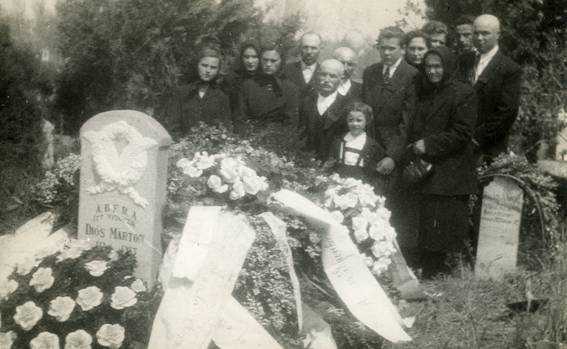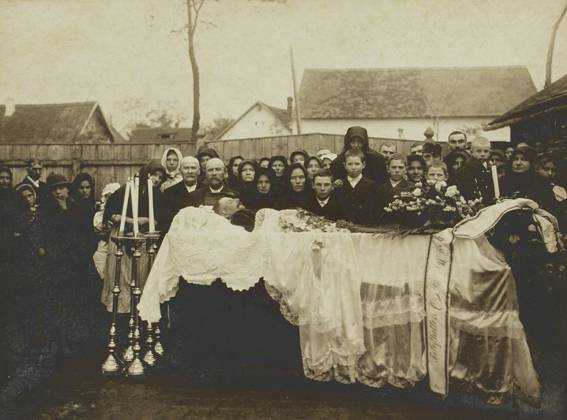Death is a part of life, we say, although it is more common among the elderly. People generally don’t like to talk about it, probably mainly because they are afraid of it, it makes them feel bad, but it is a natural process. It used to be important in people’s lives to prepare for death, to plan their own funeral rites, for example choosing what clothes to wear, writing their wills. There are a lot of predictions and beliefs on this subject, which also helped to prepare the relatives and the dying person for the last day of their human existence. I would like to mention one or two examples.
It was believed that if you closed the door and then opened it, someone would die, even if a superstitious person dropped their cigarette.
The deceased person was cleaned, dressed and then buried at the family home.
No garbage was allowed to be taken out of the house until the funeral was over, otherwise it would be unlucky. Things such as bread and water were placed next to the dead person so that he or she would not go to the next world hungry or thirsty.
The news of the death was announced by the display of a black flag, and those attending the church were informed by the priest.
The lamentation was an expression of the family’s deep sorrow. The funeral was attended by the family, close relatives, friends and acquaintances, and the service was signalled by the ringing of bells. The eulogy was usually written by the family and read by the priest. It summarised the life of the deceased. The coffin was carried by horse-drawn carriage, followed by the mourners. After the service, it was customary to hold a so-called funeral cake in honour of the dead. The mourners went back to the family home, where they ate a meal in memory of the dead. This tradition is still alive today.
When the funeral was over, the mourning period followed. Back then, the period could last from two months to a year, but nowadays it is up to each individual to decide. The period was marked by the wearing of black clothes. The mourning period was not only a time of mourning in appearance: it was not a time for partying, going to weddings, getting married or listening to music.
The wreaths on the grave were taken down after several weeks, usually six weeks, but nowadays it is much less.
It was customary to visit the cemetery in memory of a deceased relative. Every year, on All Saints’ Day, candles are lit, the grave is cleaned and flowers are brought.
The remaining prediction about the Day of the Dead was for the coming year: if the candle is blown away by the wind on this day, the next year’s harvest will be bad.
Eszter Stumpf

Source: https://www.sulinet.hu/oroksegtar/data/telepulesek_ertekei/Mako_monografia_sorozat/pages/monografia_3/011_c_szokastemetkezes.htm
Source of image: www.sulinet.hu
Main photo: Ravatal and the mourners in the courtyard

